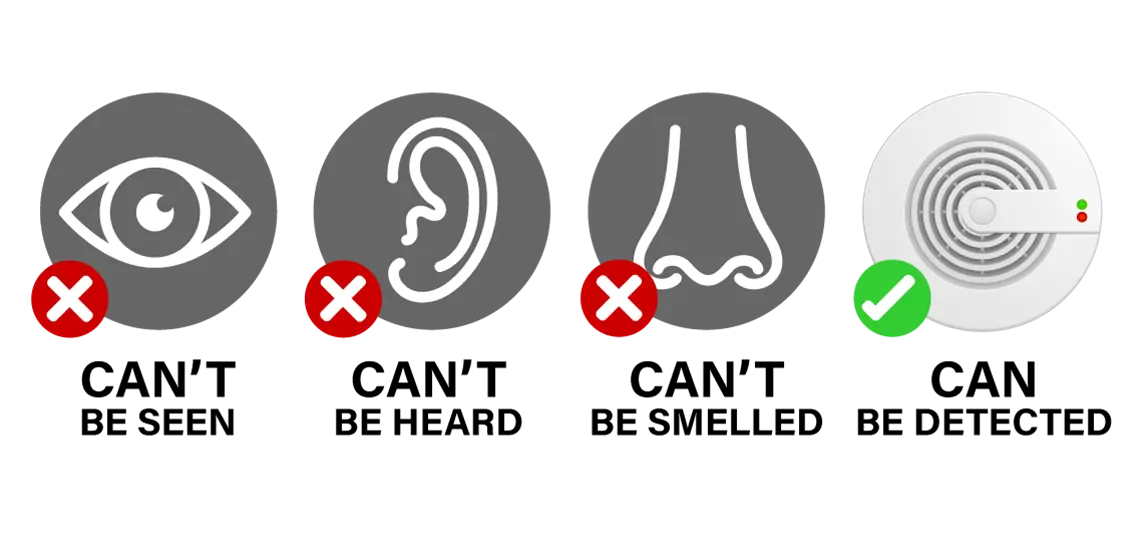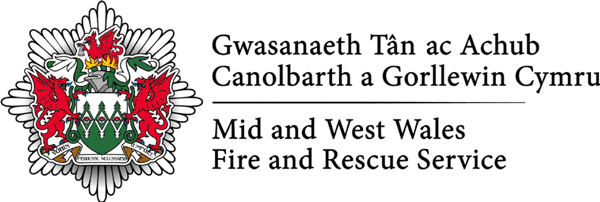Carbon Monoxide is a highly poisonous gas that has no colour, taste or smell.
Fuel burning appliances such as stoves, fires, boilers and water heaters can produce carbon monoxide if they are incorrectly fitted, badly repaired or poorly maintained or if flues, chimneys or vents are blocked.

Gas, oil and solid fuels such as coal, coke and wood can all produce carbon monoxide.
Too many people die needlessly or become seriously ill because of carbon monoxide poisoning each year, early symptoms can easily be mistaken for flu or tiredness.

CARBON MONOXIDE SAFETY ADVICE FOR THE USE OF GENERATORS TO POWER DEHUMIDIFIERS
Always follow the operating instructions provided with any appliance
Petrol or diesel generators and pumps emit Carbon Monoxide (CO) within the exhaust gases.
This can be deadly.
Do not use any fuel-driven equipment (petrol and diesel generators or pumps) indoors.
If in extreme circumstances this is not possible ensure the following:
- Working Carbon Monoxide (CO) detectors are placed in living spaces or wherever people are located in the house
- Your CO detector is positioned at head height when working (sat down or standing) and at a lower level when sleeping
- The room containing the pump or generator is well ventilated whenever you spend time in that area.

Carbon Monoxide Poisoning symptoms
- Headaches
- Nausea (feeling sick)
- Dizziness
- Breathlessness
- Collapsing
- Loss of consciousness
Symptoms are similar to the flu, food poisoning, viral infections and tiredness. It can be easy to mistake the symptoms for something less serious.
If you experience symptoms or your CO alarm sounds:
- Switch off the pump or generator
- Open doors and windows
- Get fresh air immediately
- Leave the house
- Call the emergency services
- Seek medical advice, if feeling unwell
How to stay safe
You are at risk of Carbon Monoxide poisoning if:
- Your fuel burning appliance was incorrectly or badly installed
- Your appliance has not been safety checked and serviced annually
- Your chimney or flue is blocked or has not been swept regularly
- There is no audible Carbon Monoxide alarm fitted and working in your home

